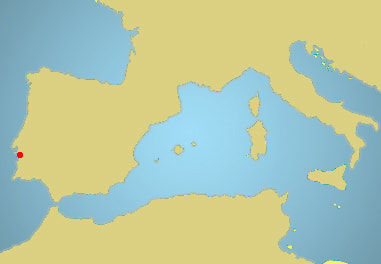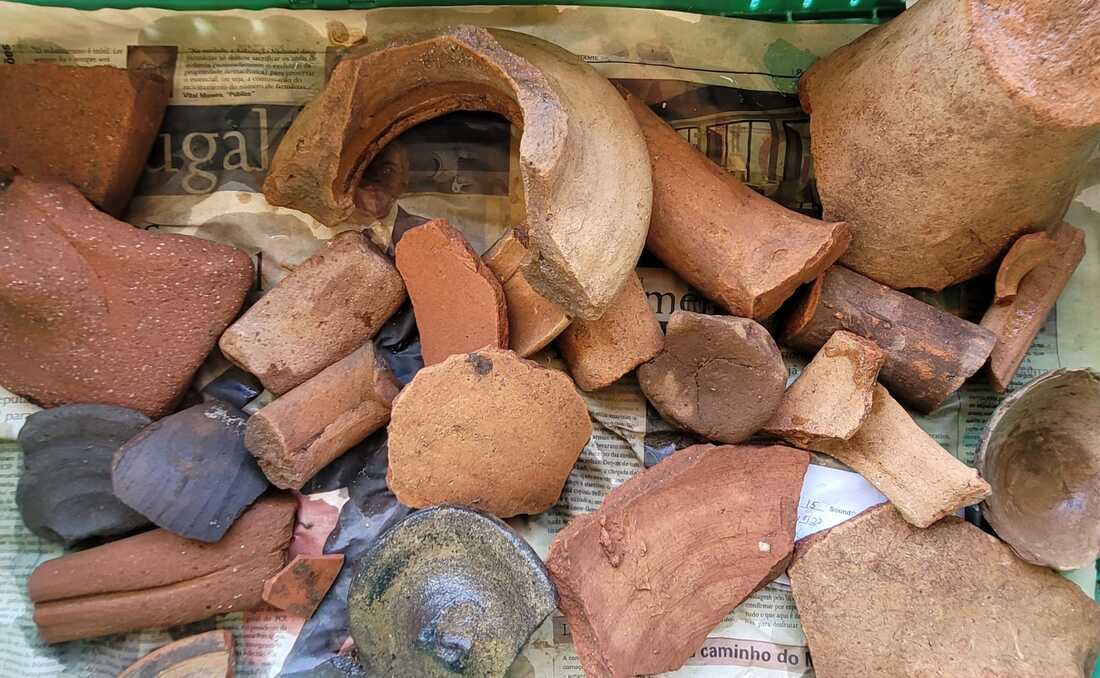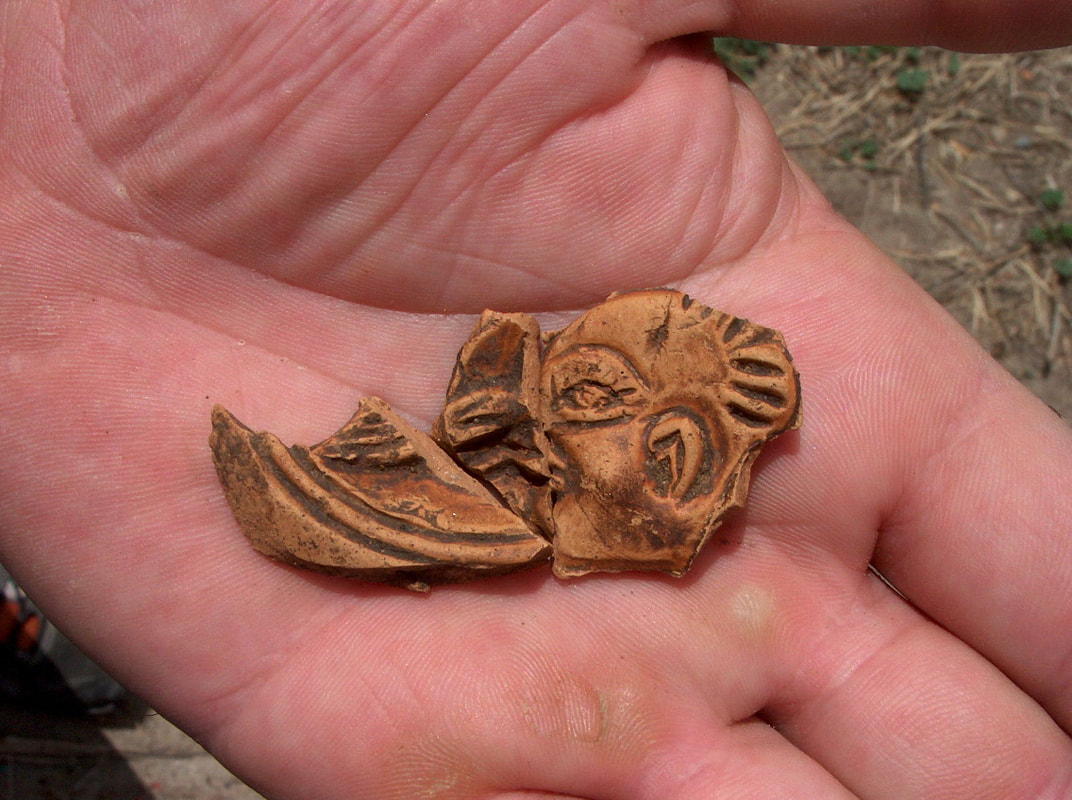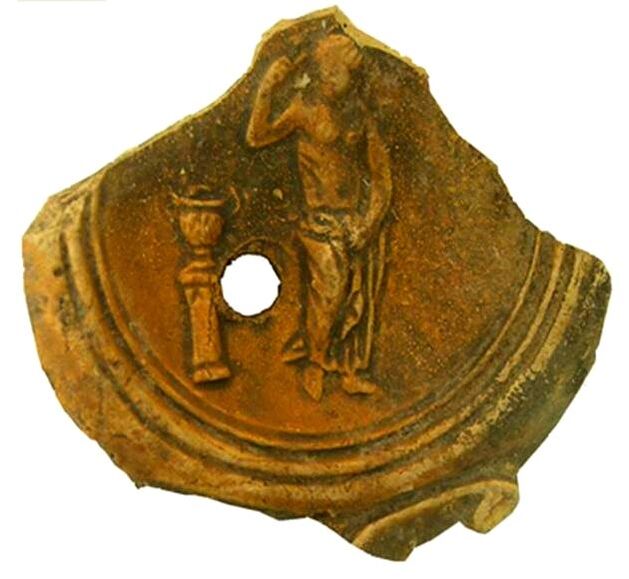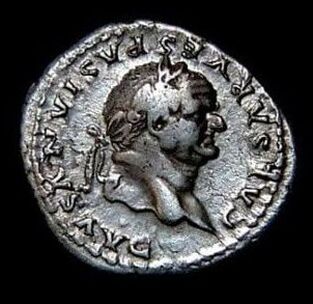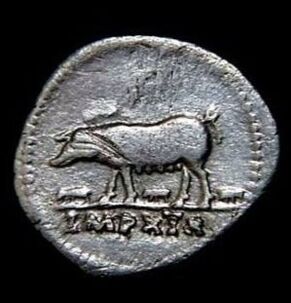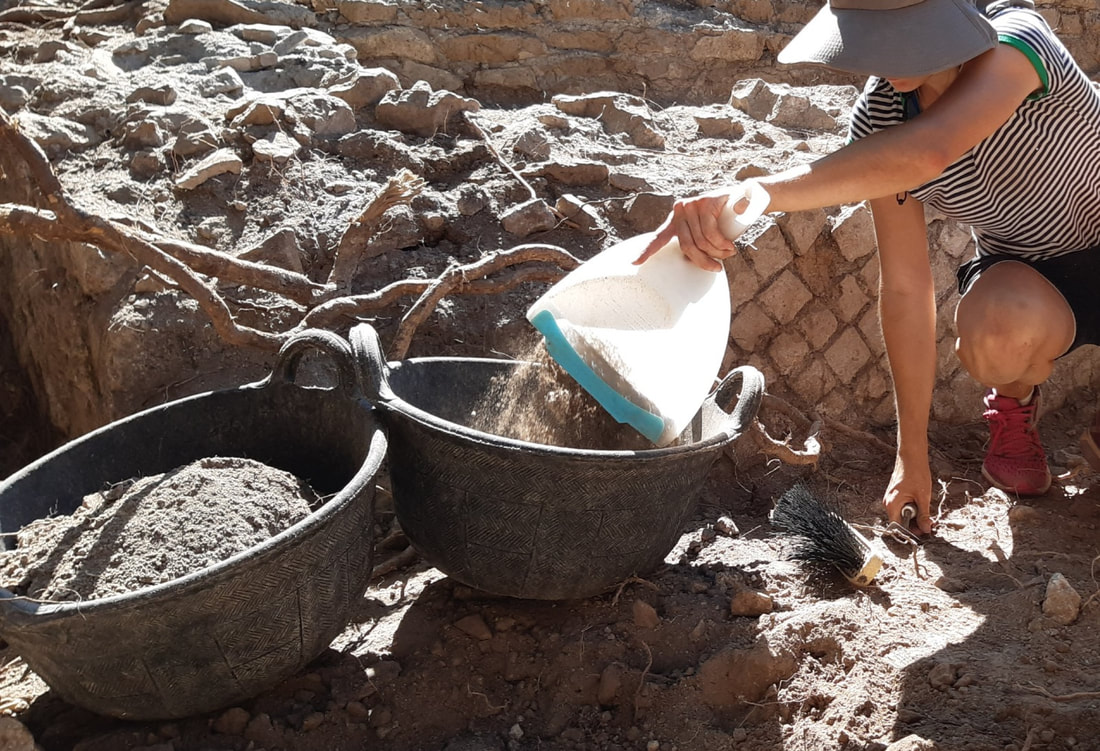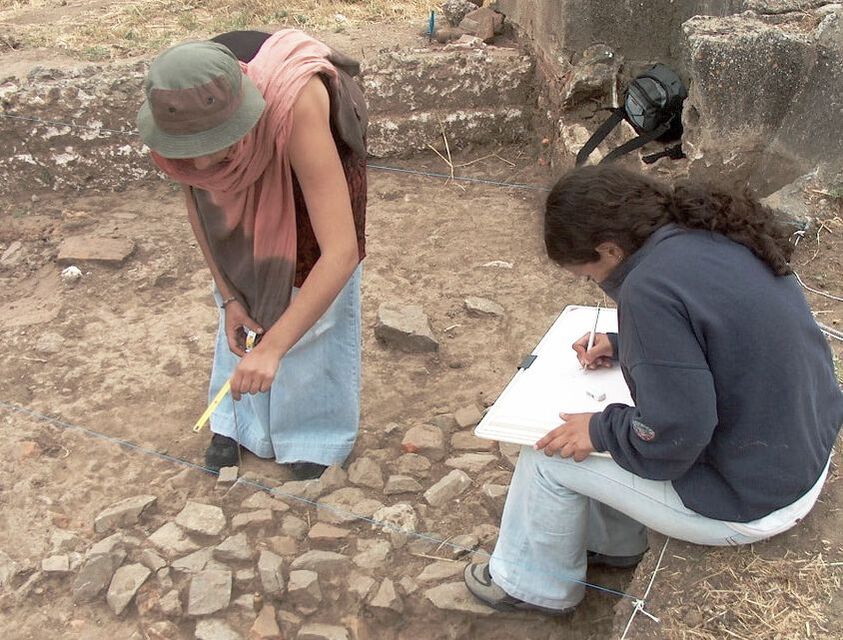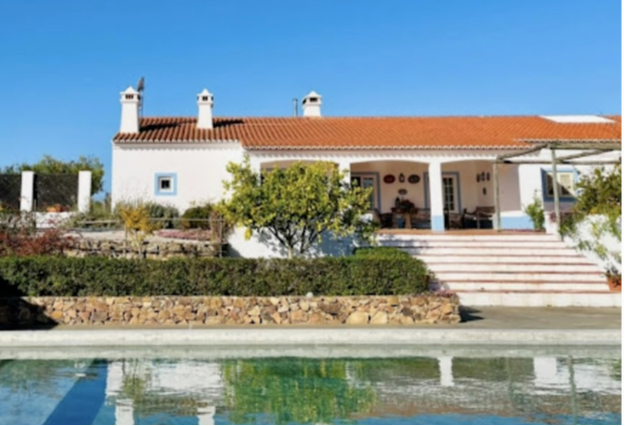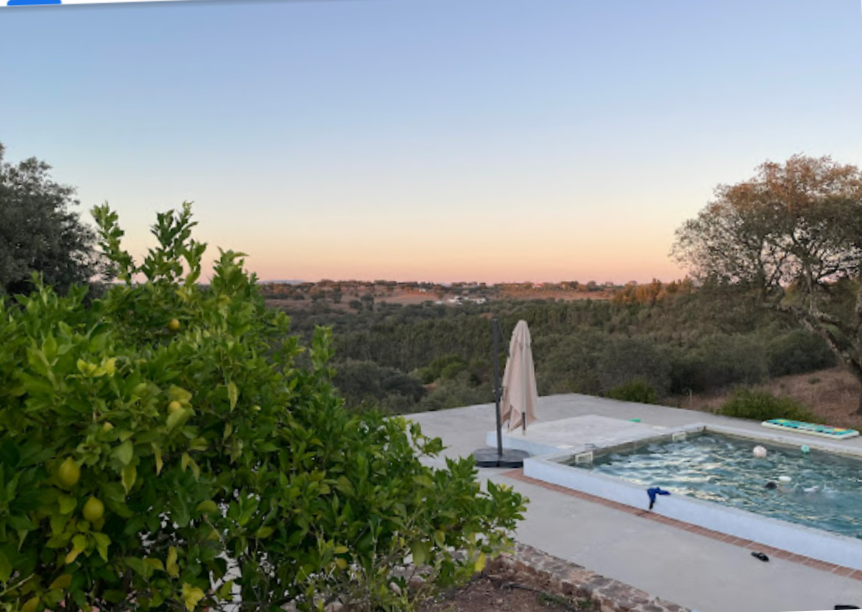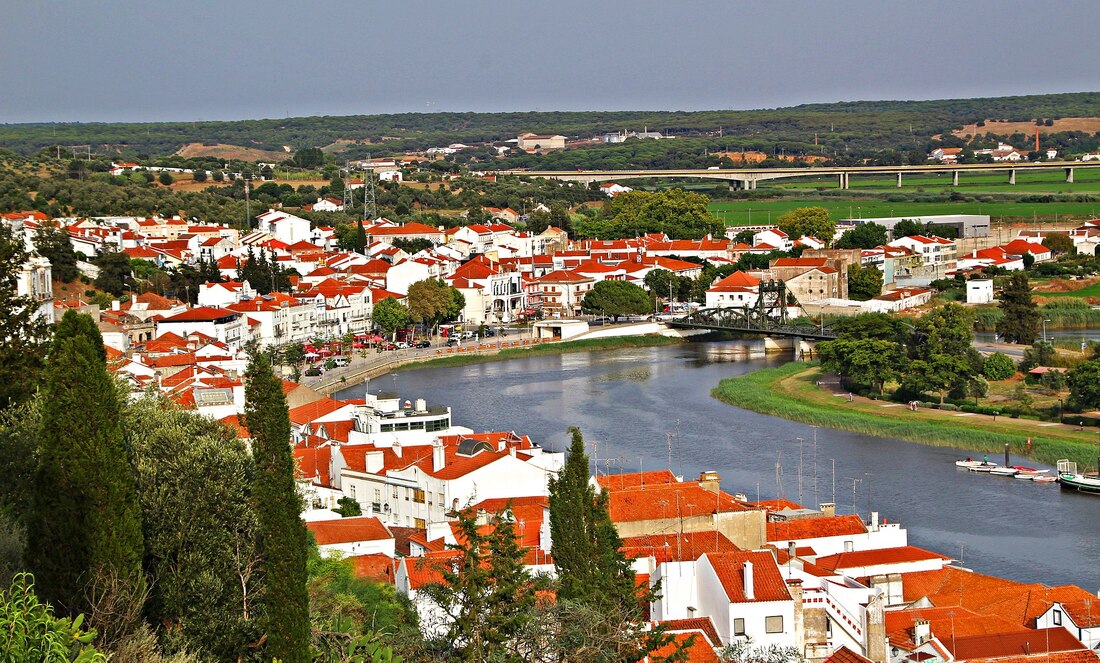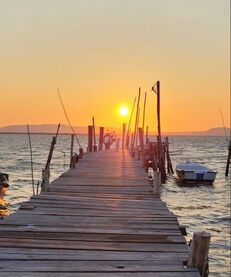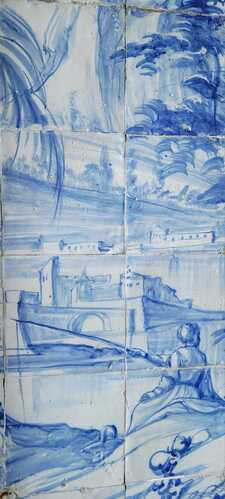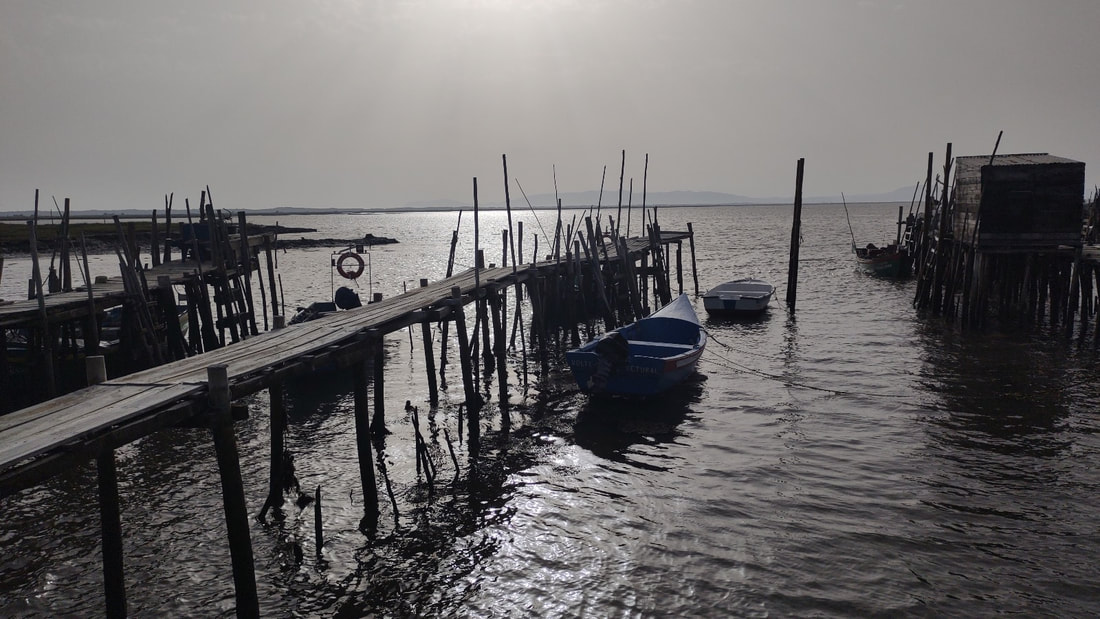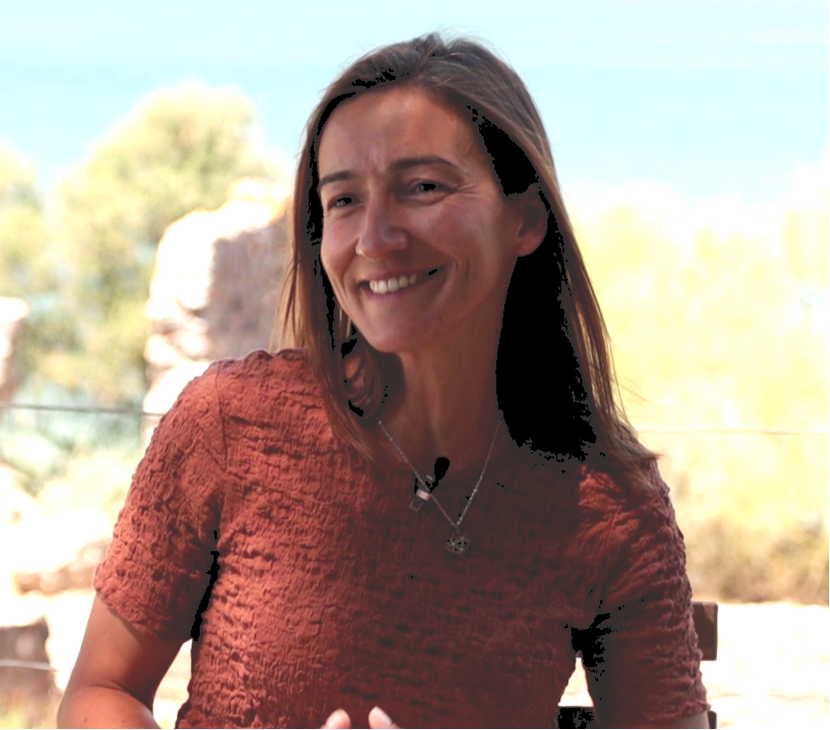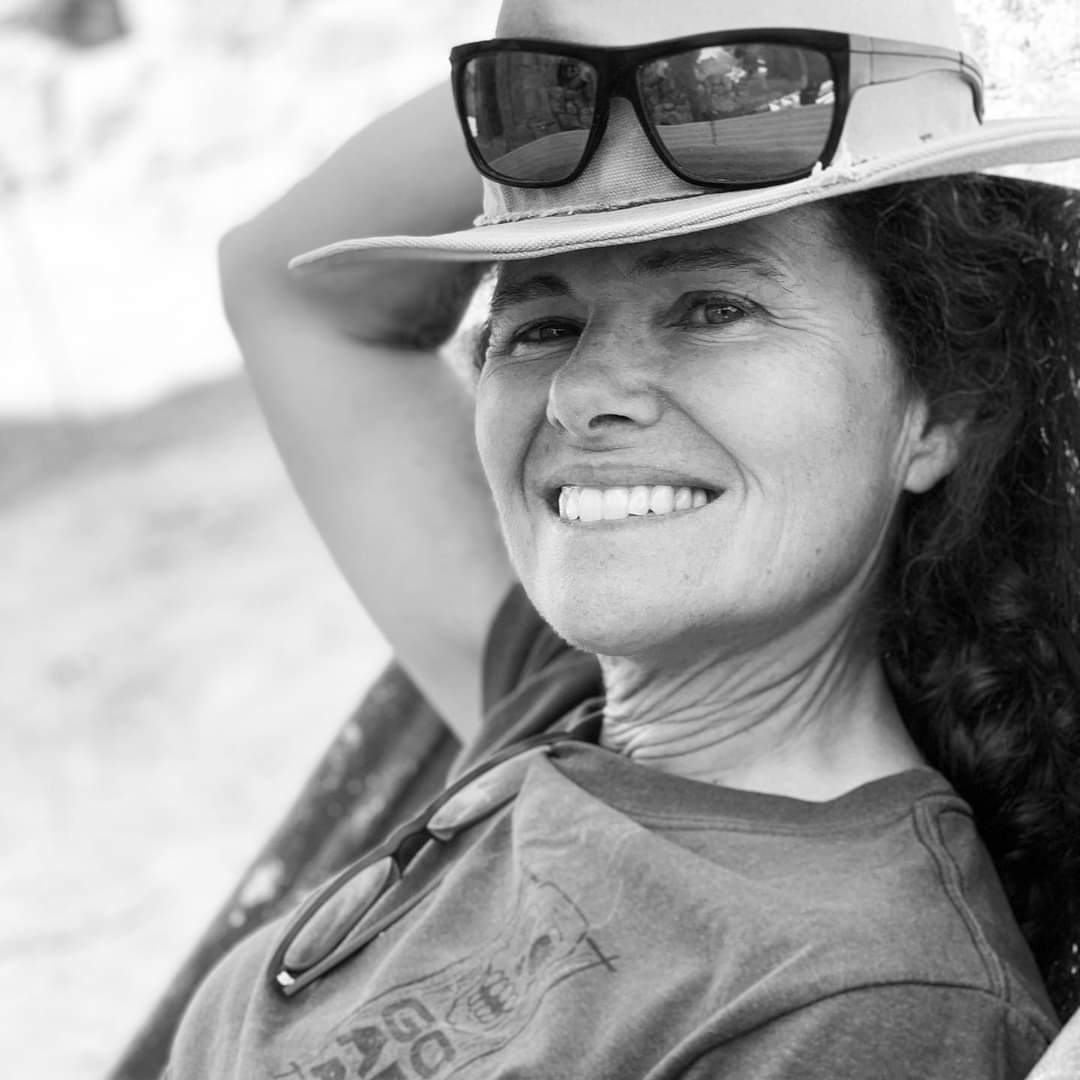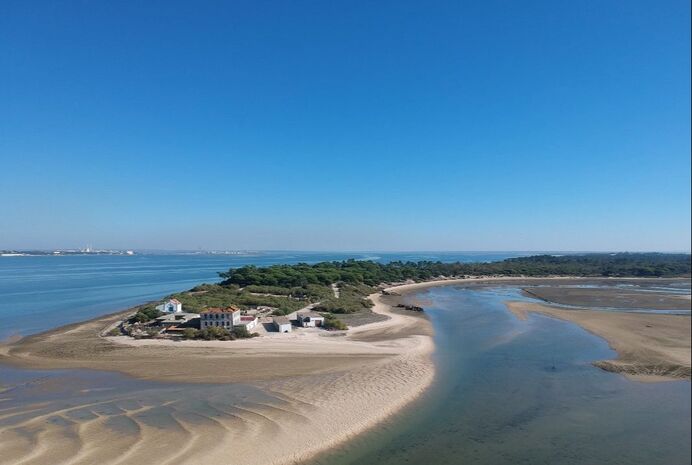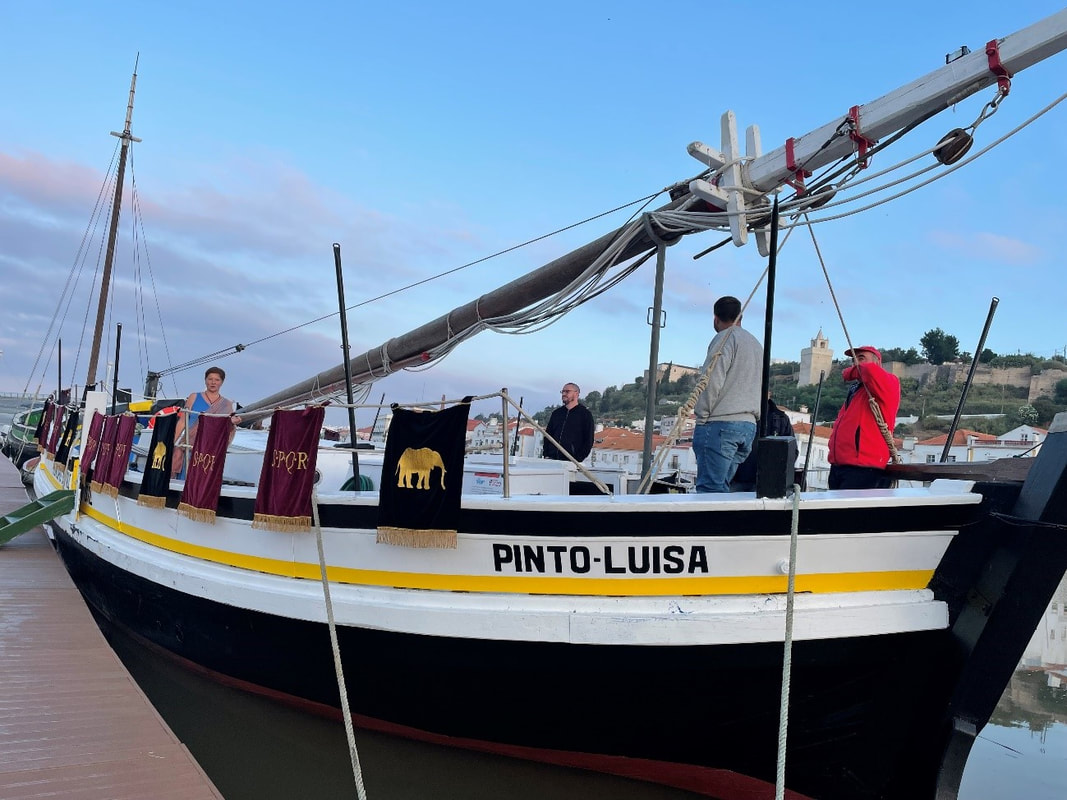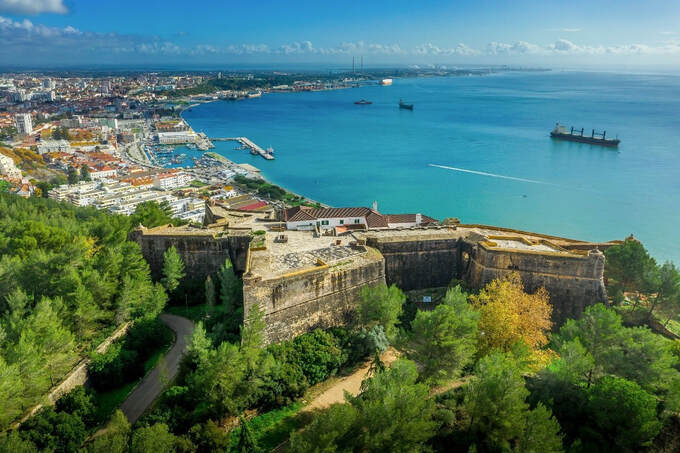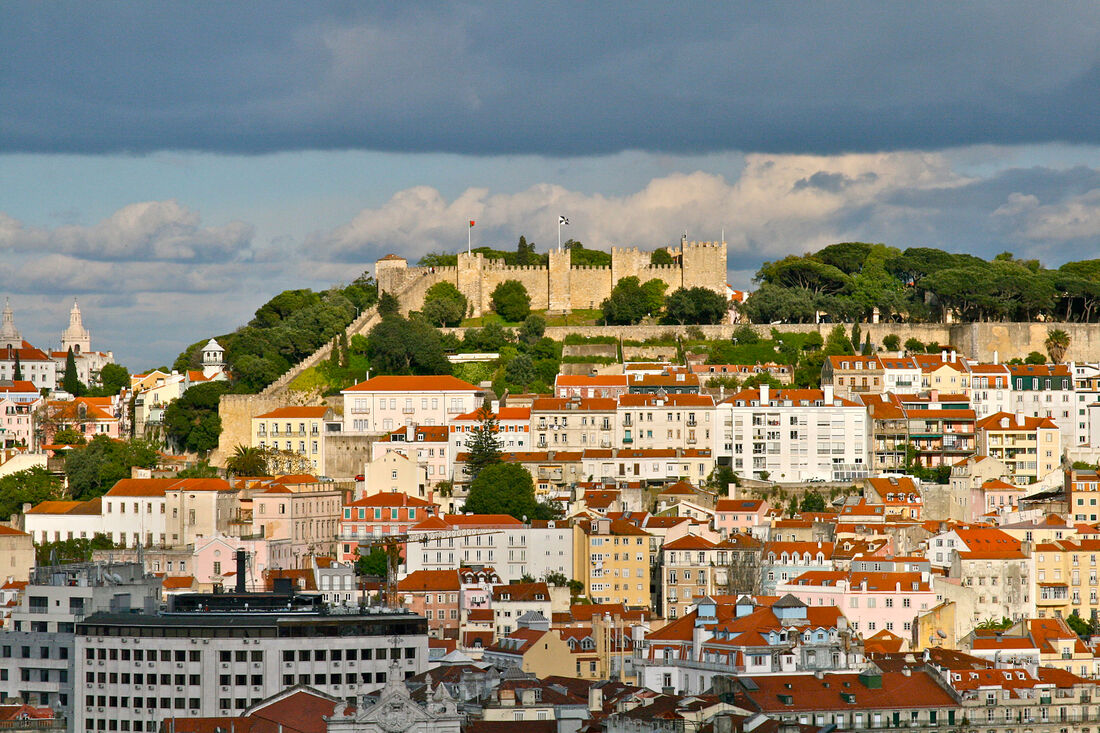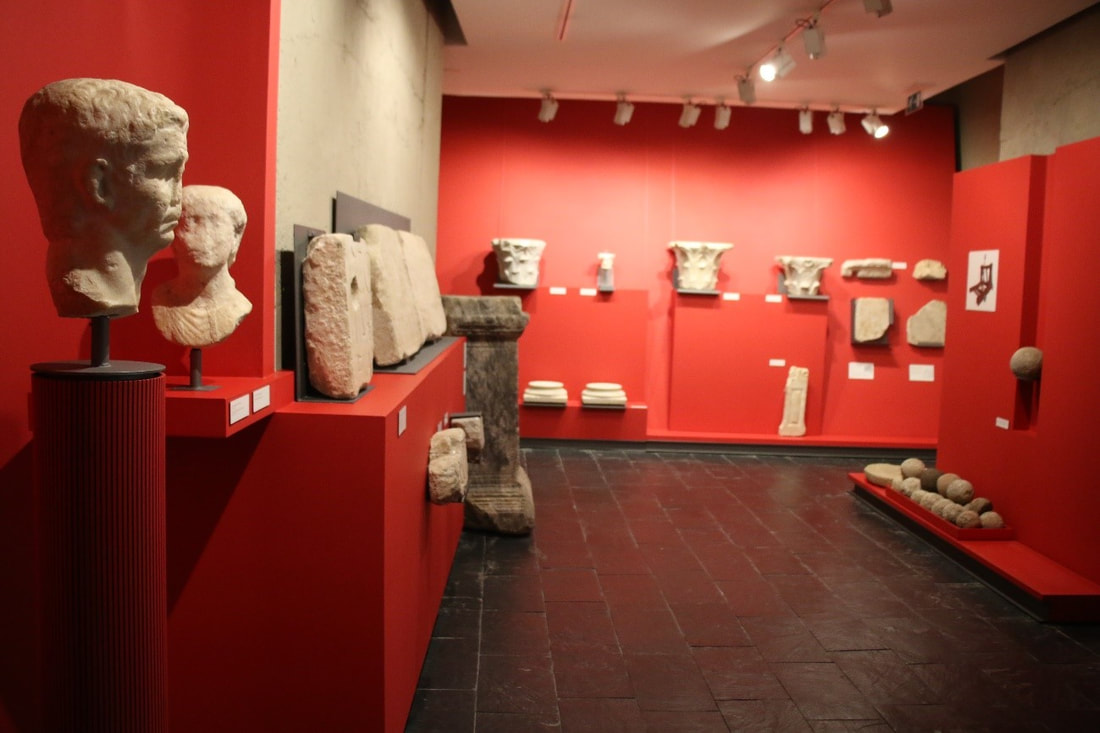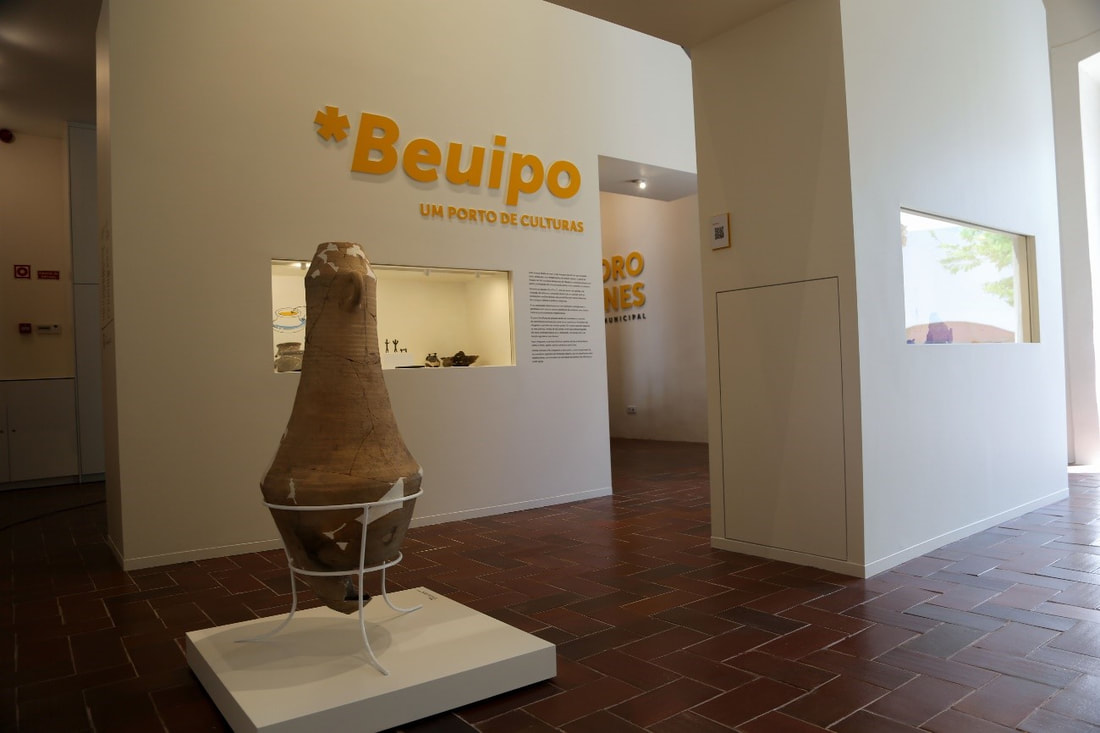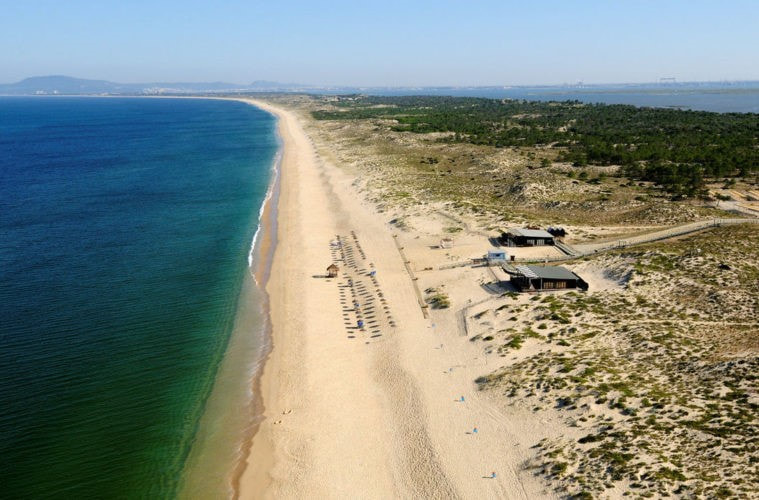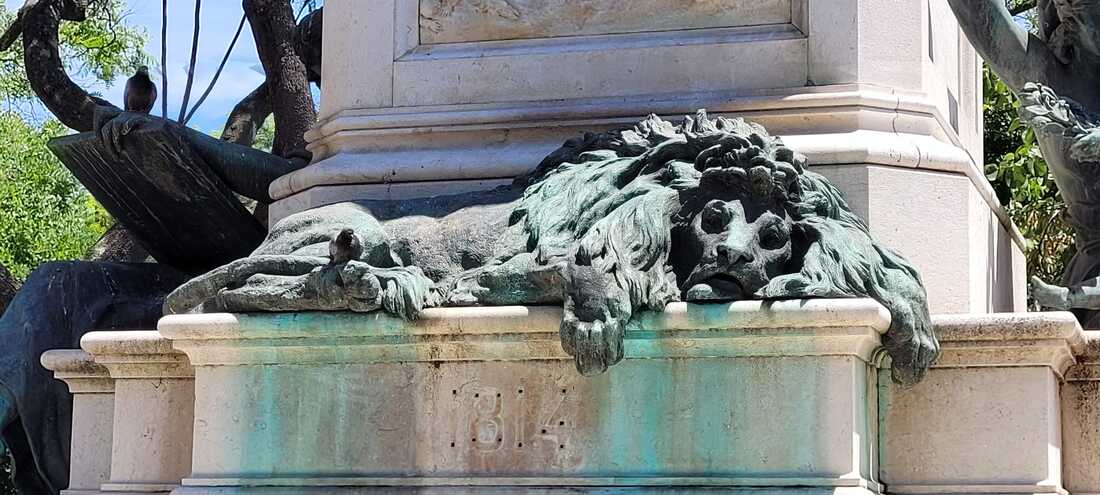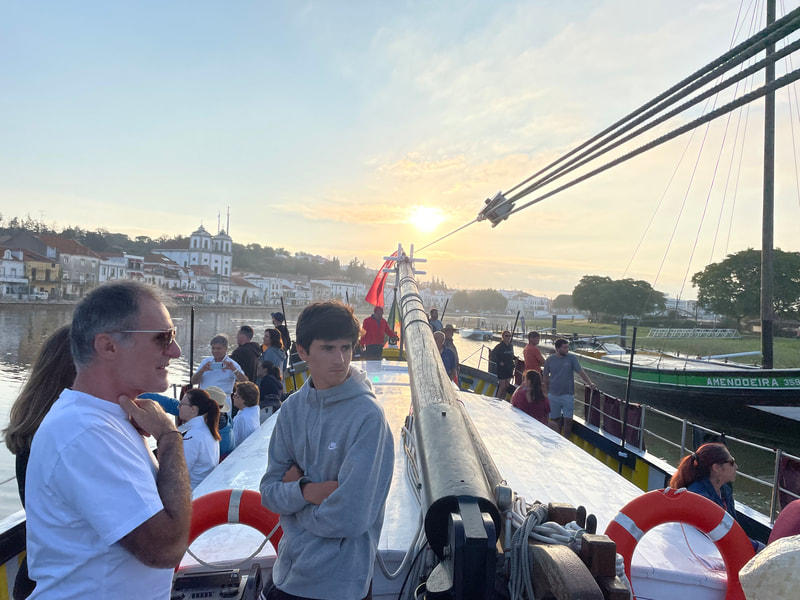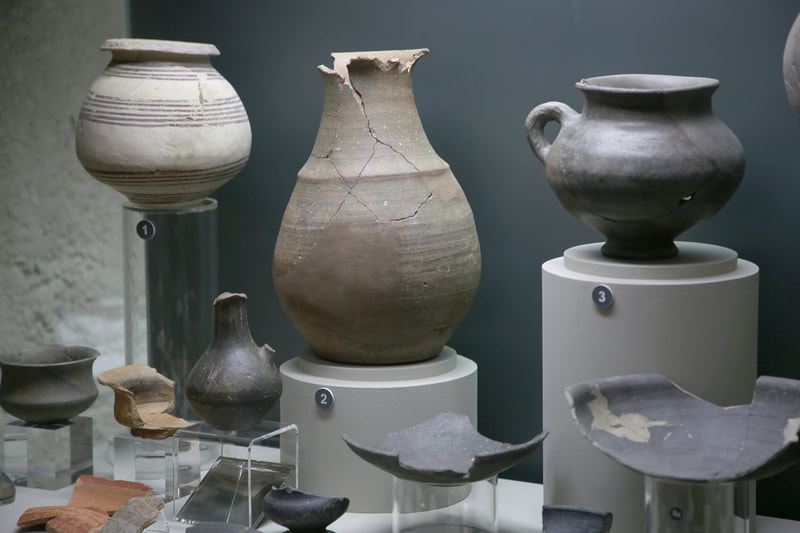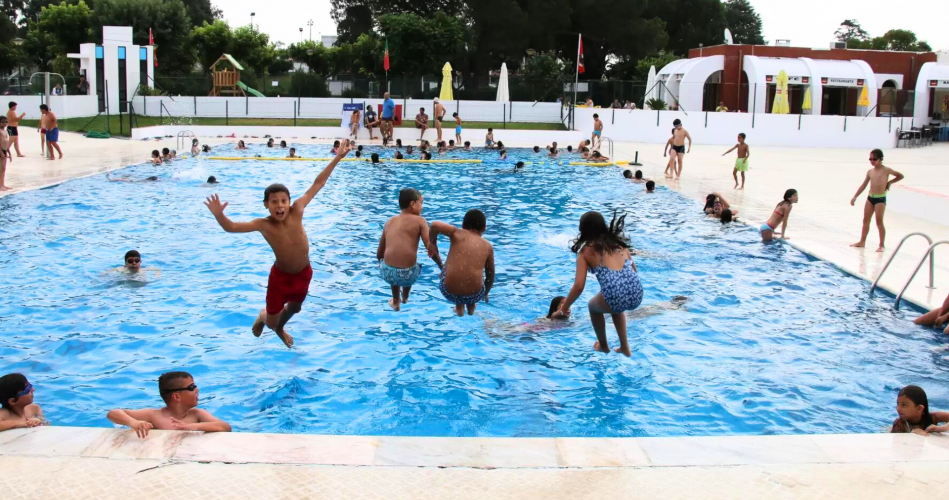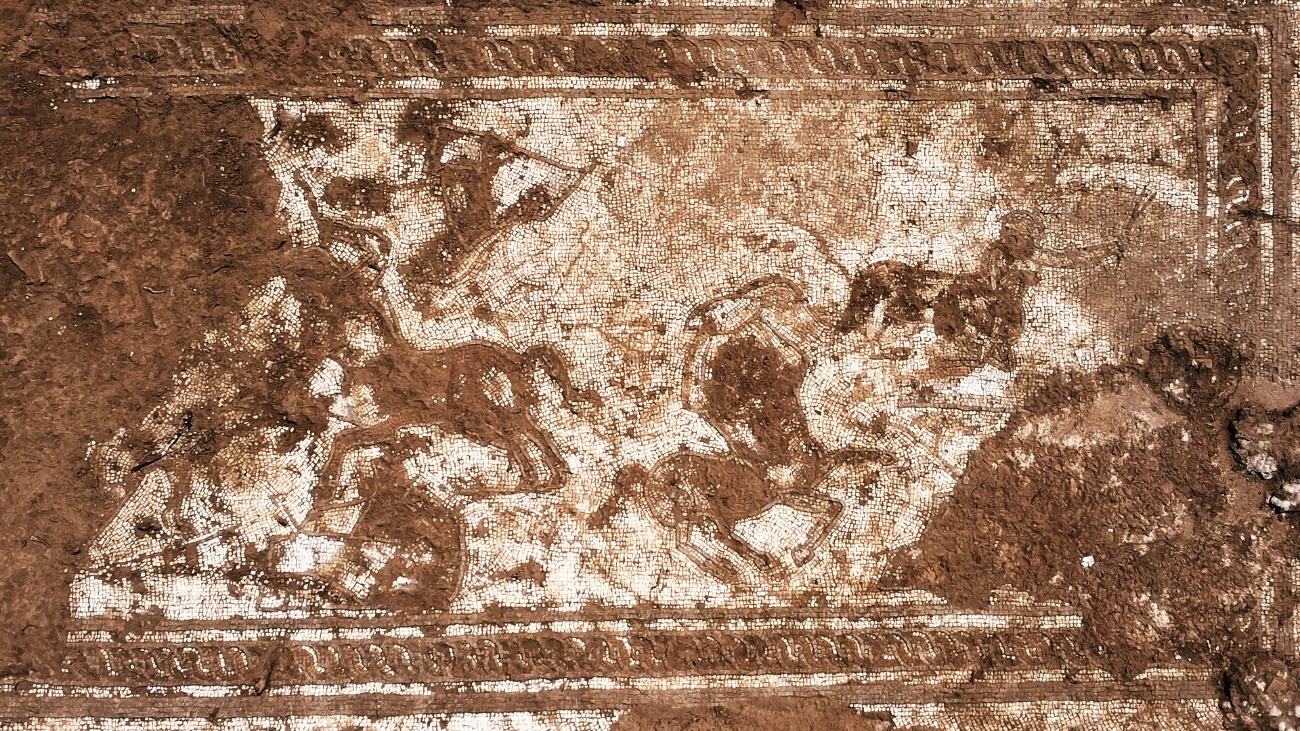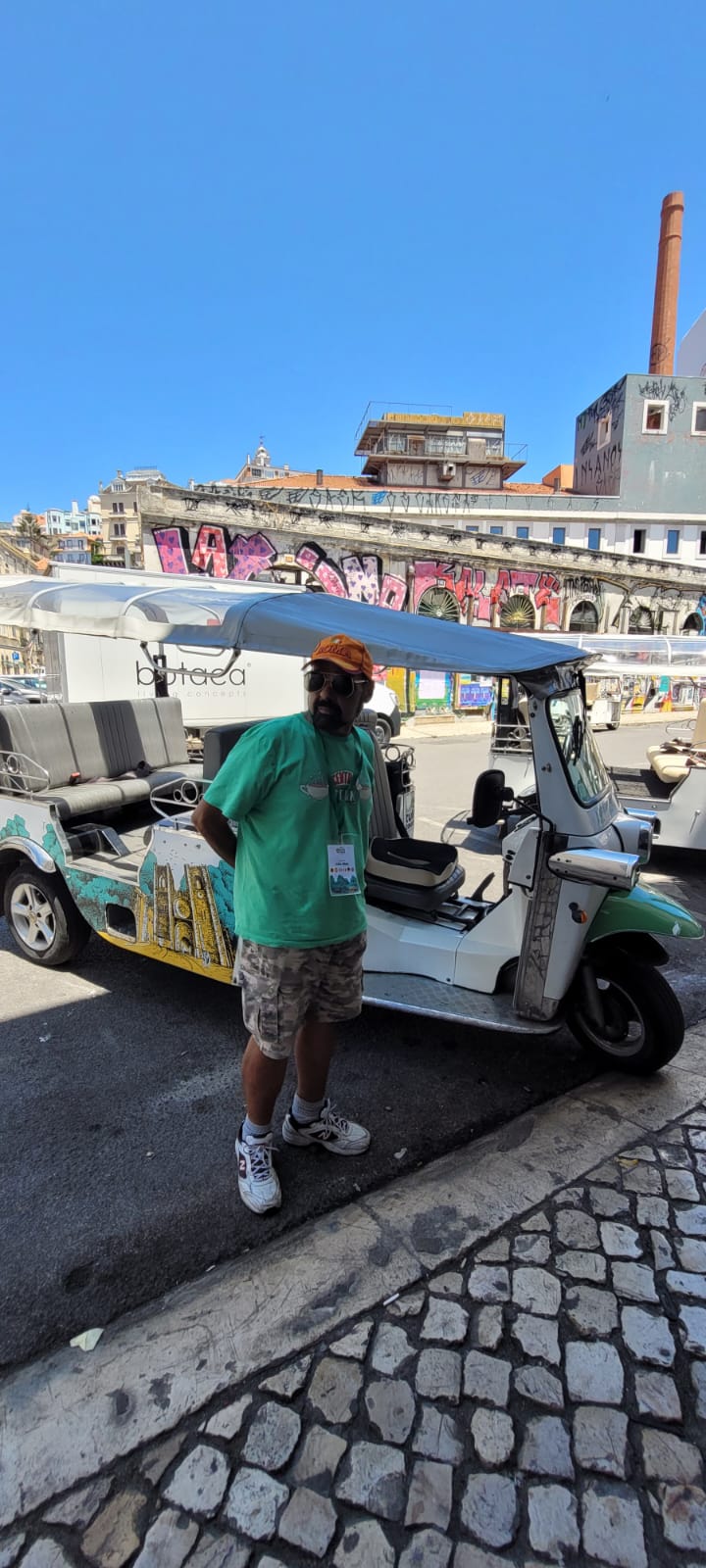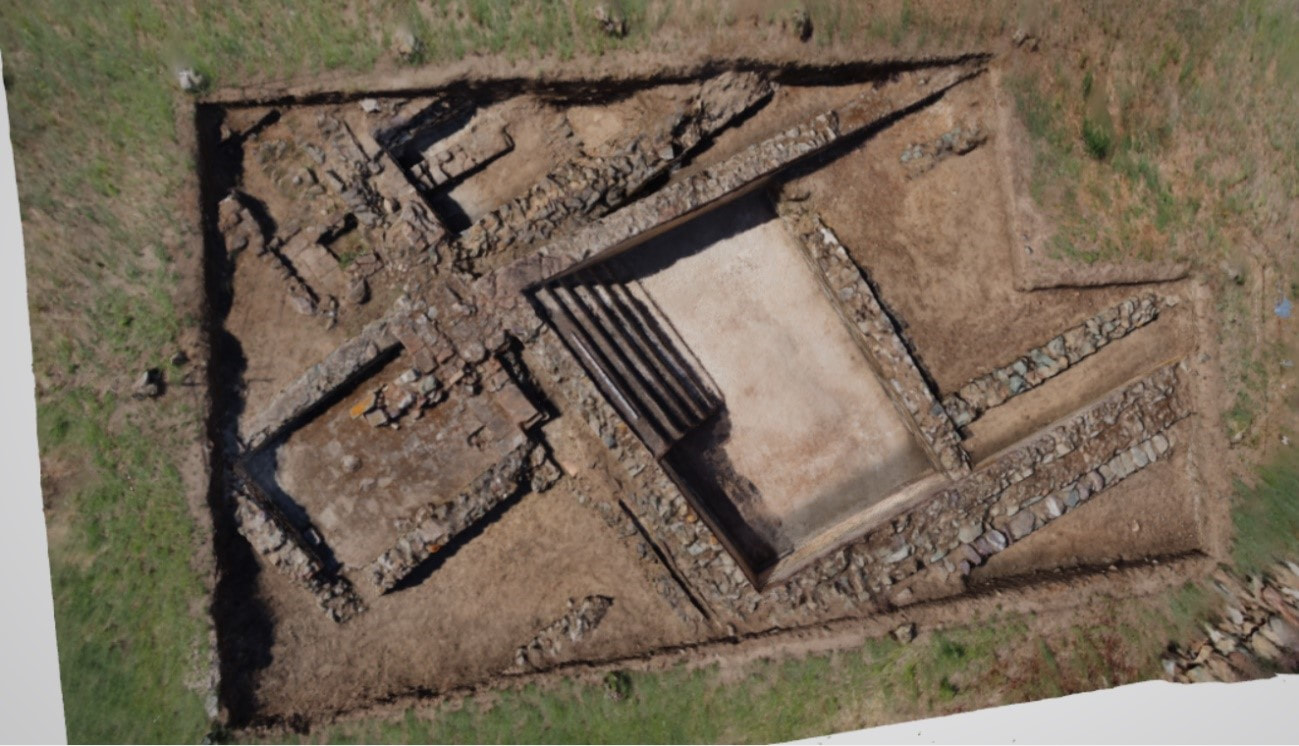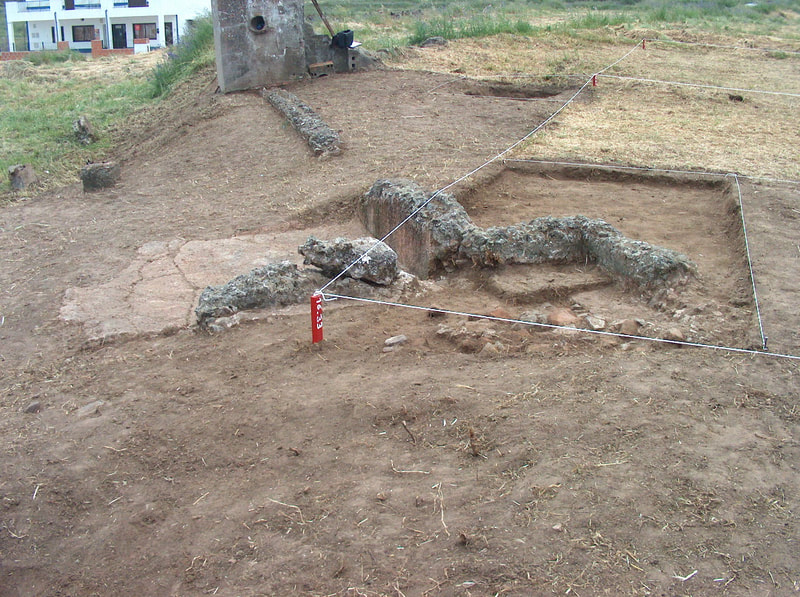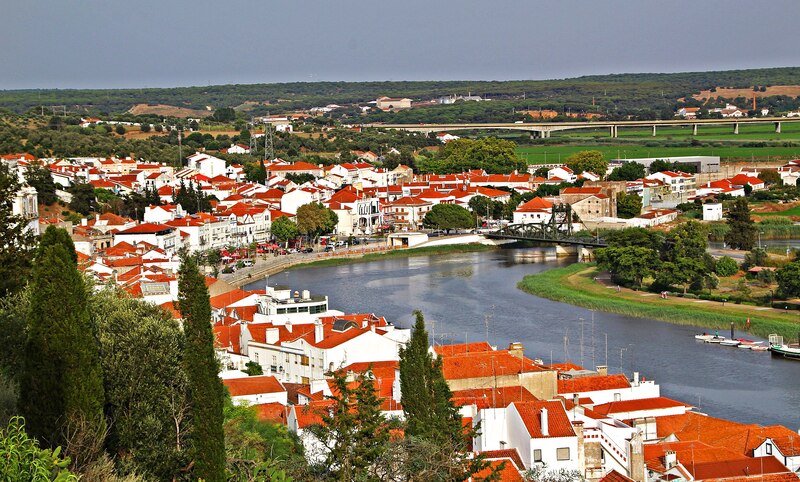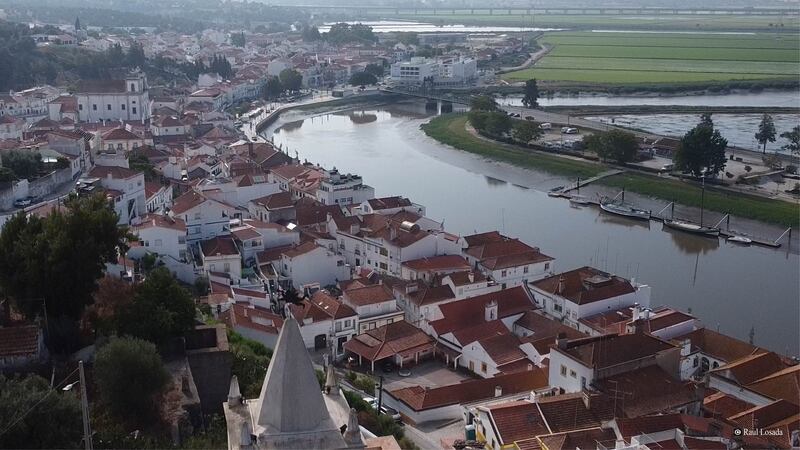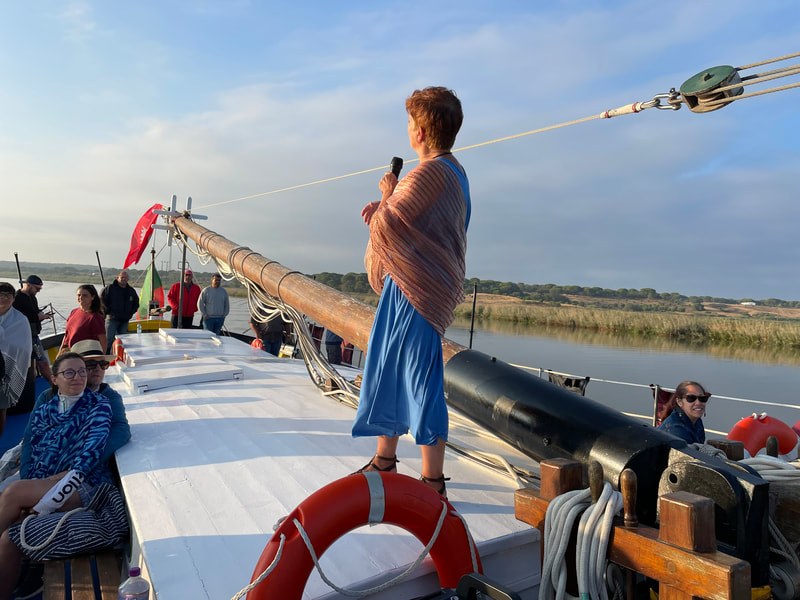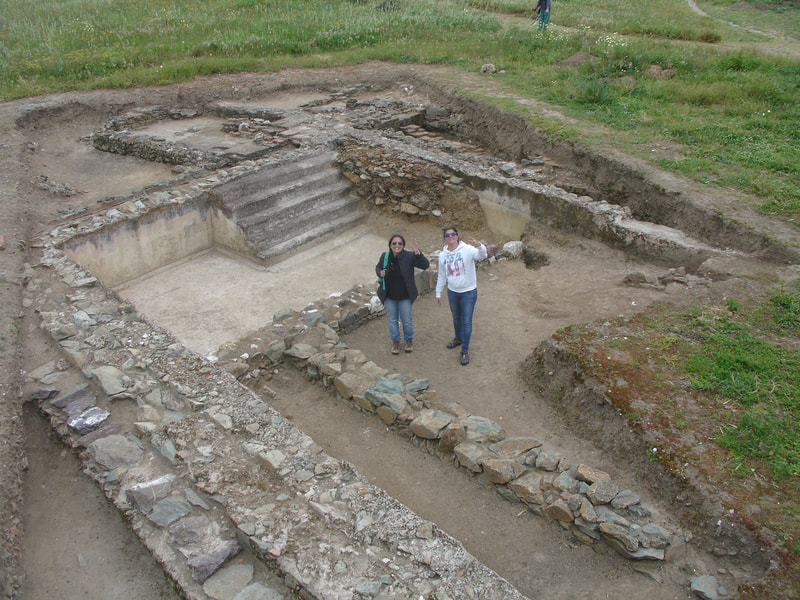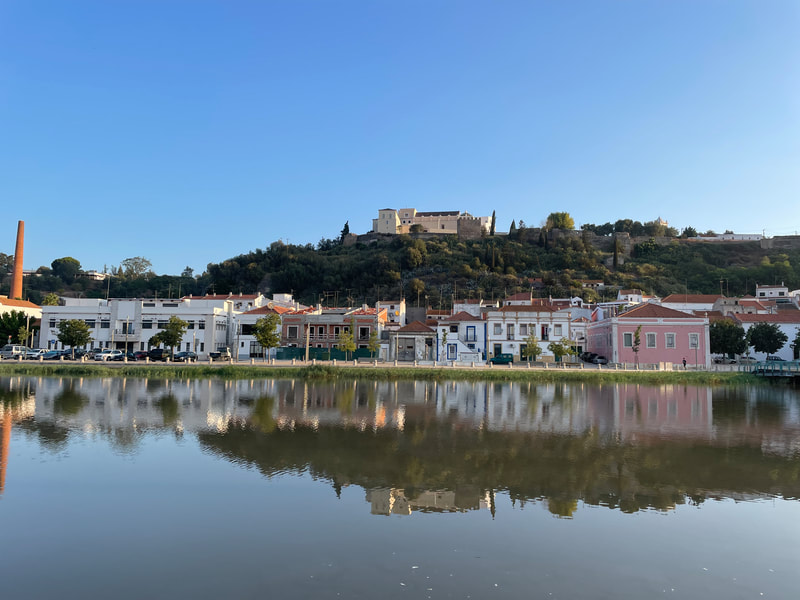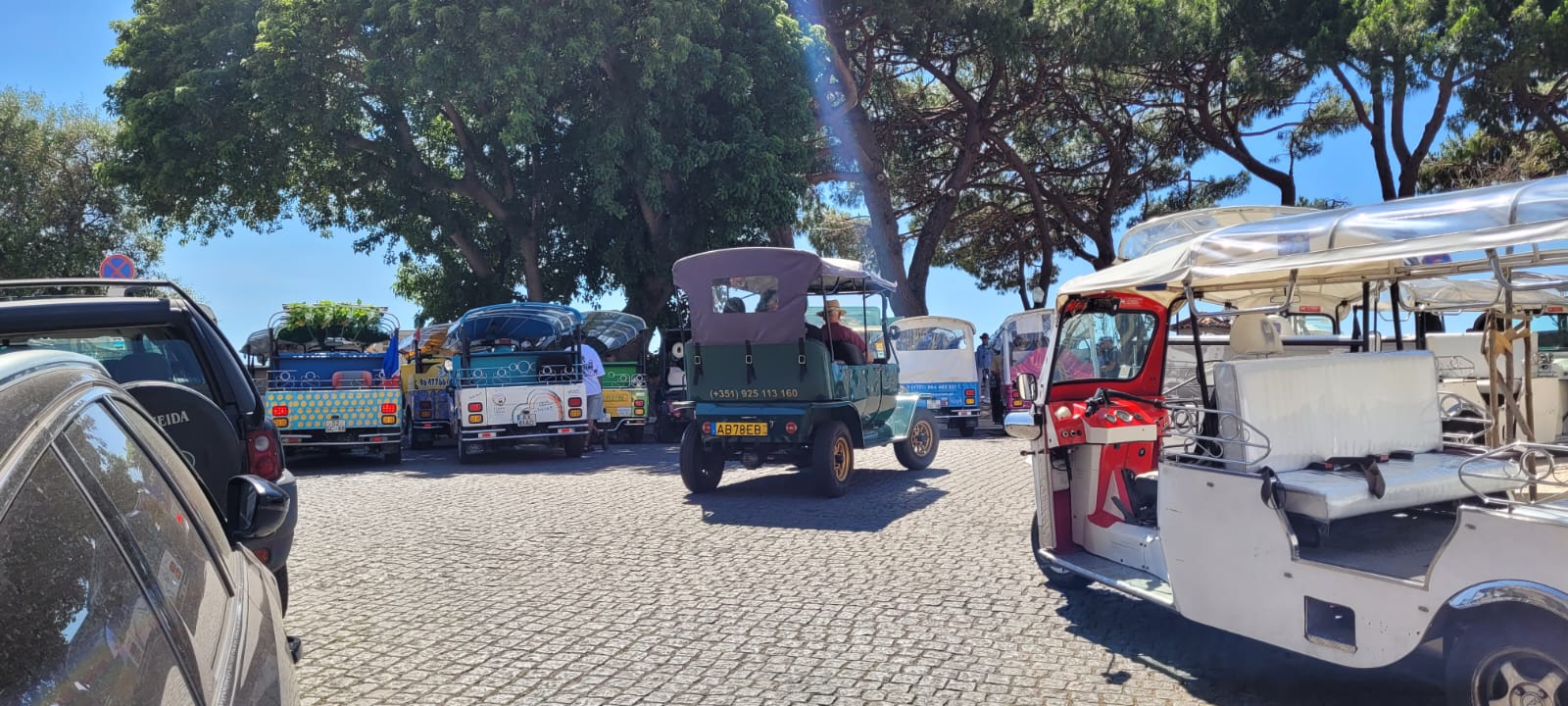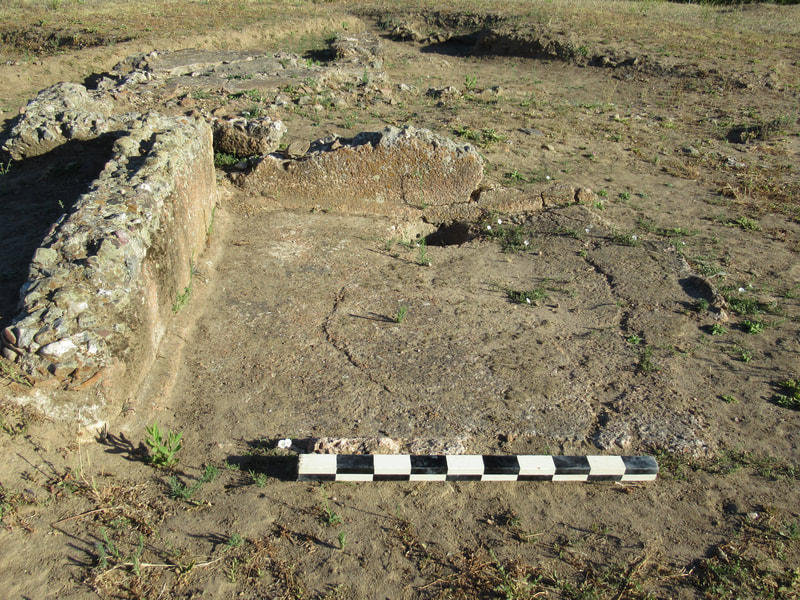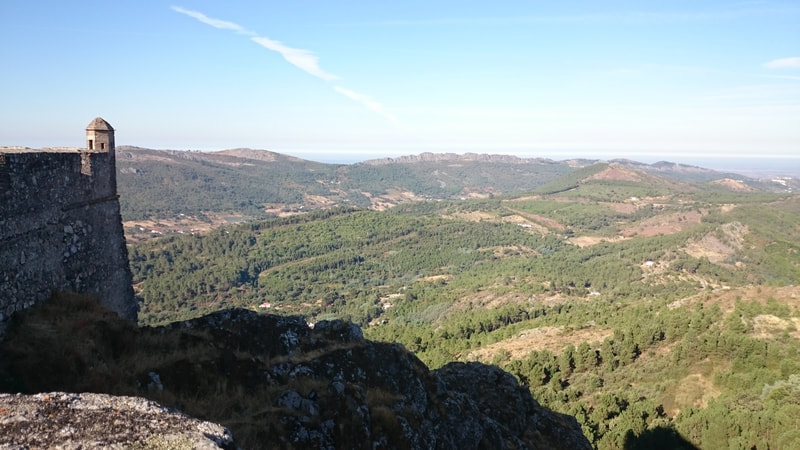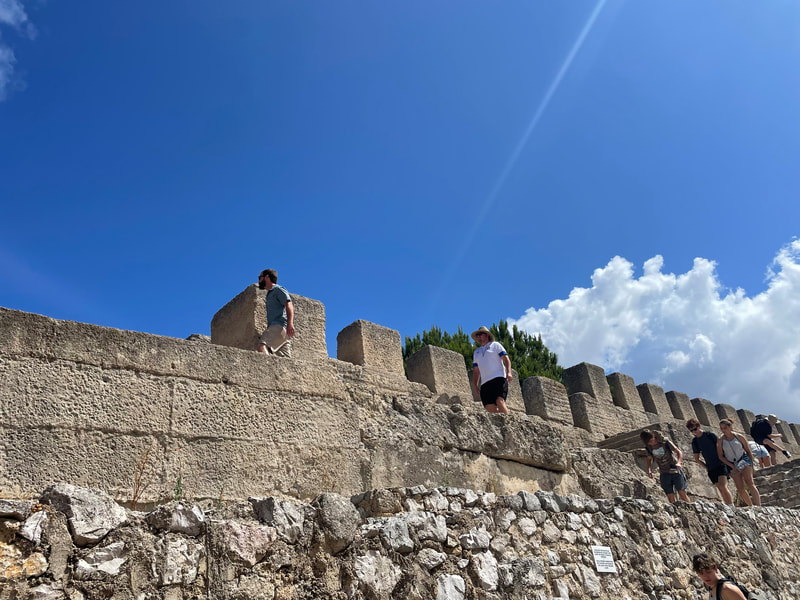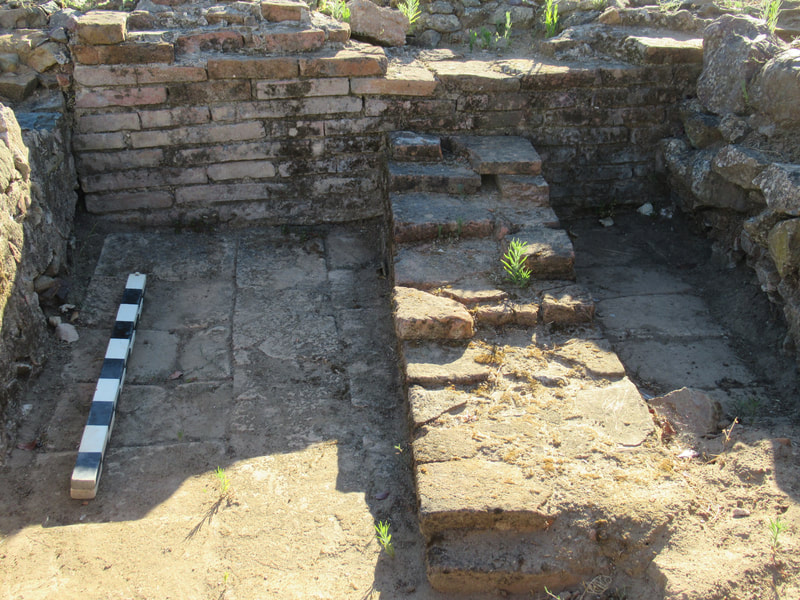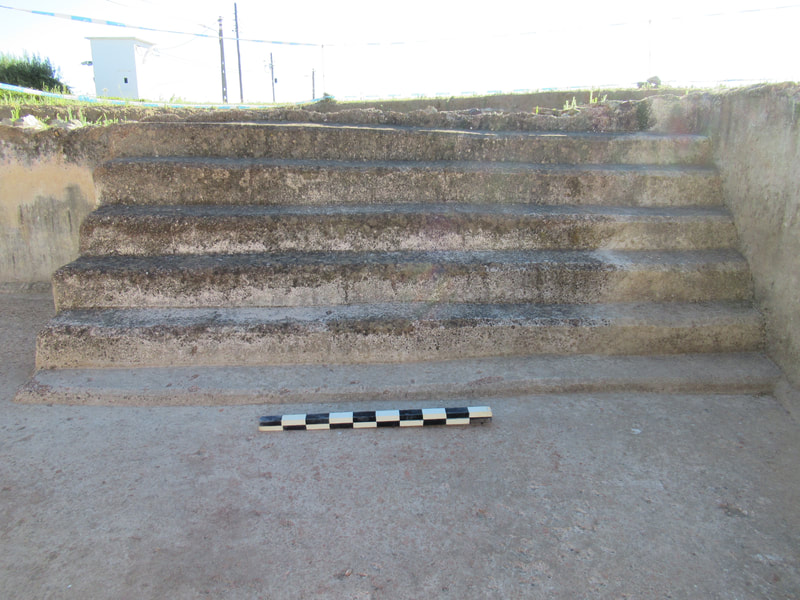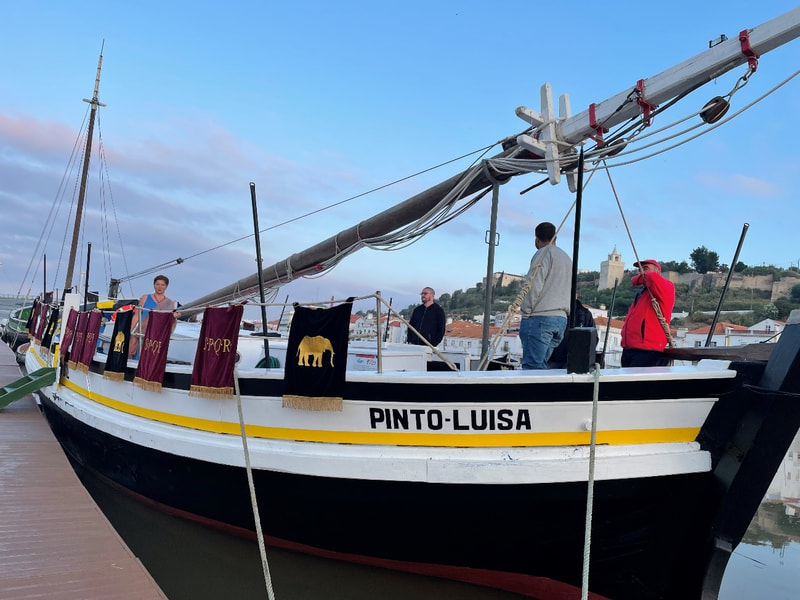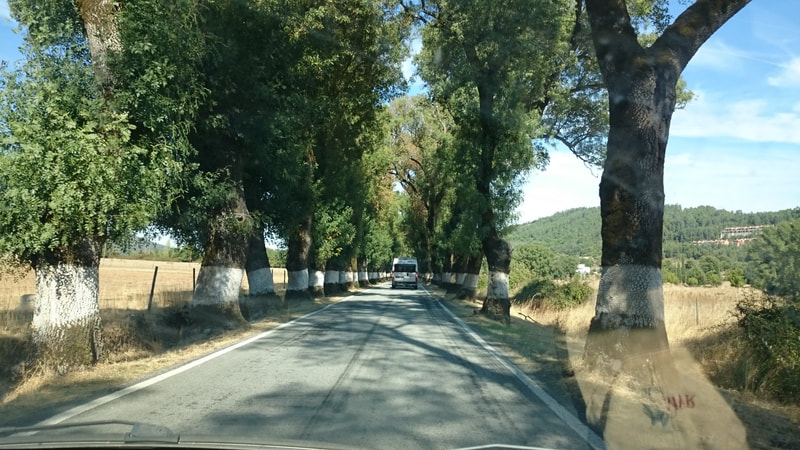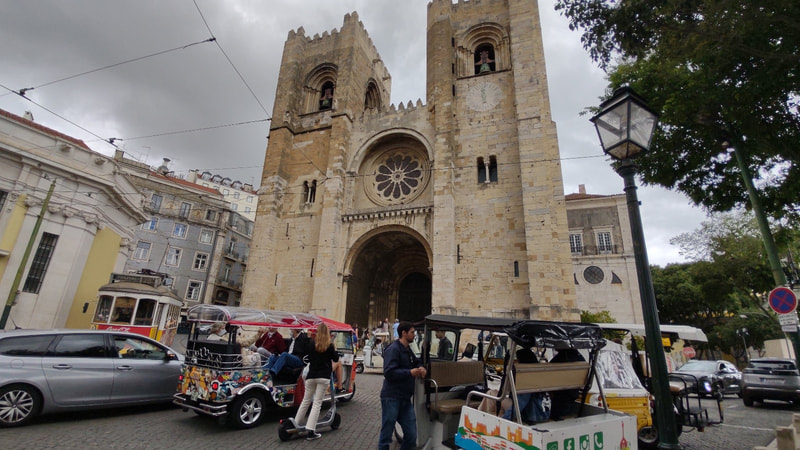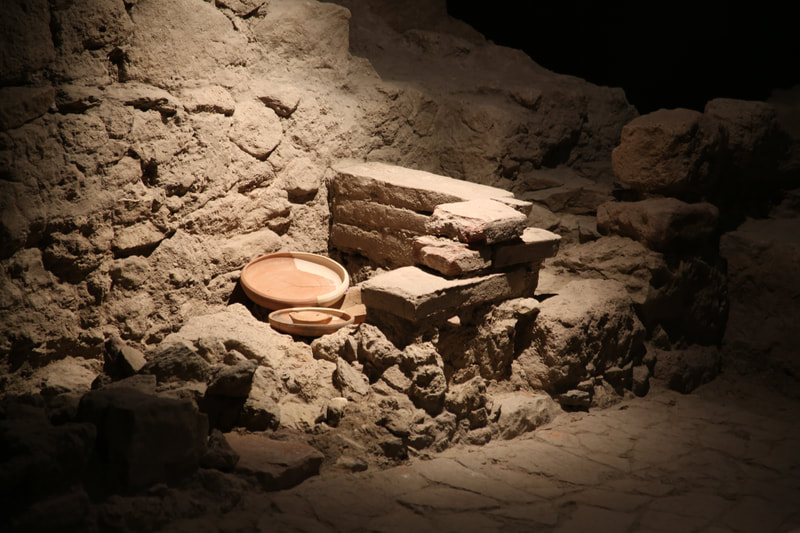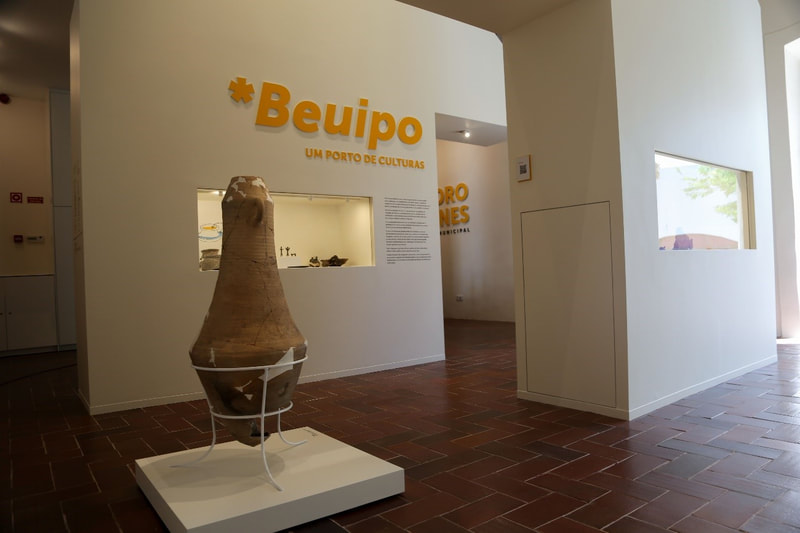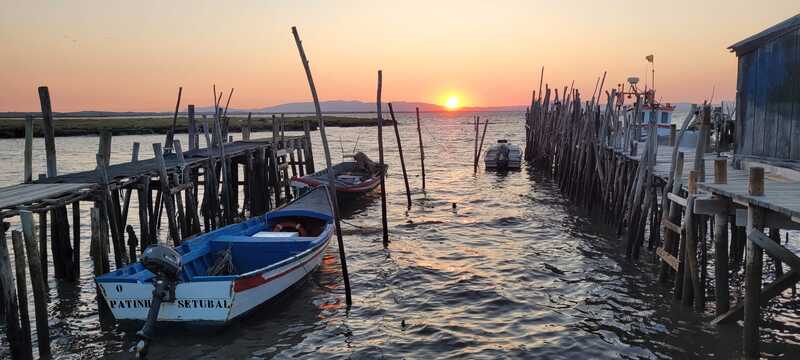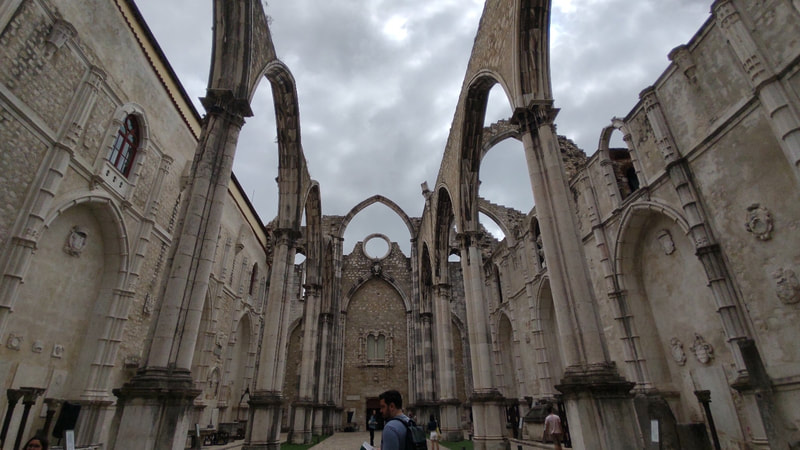|
|
Summer 2024
|
|
Field Archaeology and Museum Studies in the Roman villa of Santa Catarina de Sitimos
The Roman Villa of Santa Catarina de Sítimos is located in the southwest of Portugal, on the beautiful coast of the Alentejo region, in the outsquirts of the small and picturesque town of Alcácer do Sal (Roman Salacia). This Roman villa is called by the name of the village that grew above its ruins; Santa Catarina de Sítimos. It was one of the rural settlements surrounding the famous Roman city of Alcácer do Sal: Salacia Imperatoria Urbs, the capital of the civitas mentioned by the Latin writers Pliny and Strabo for its premium textiles, the good quality of its soils and the mine control. This part of Roman Lusitania was very well known for hosting the largest center of fish-salting industry known in the Roman Empire: Troia. The salt needed for the large scale production of salted fish and sauces, like the famous "garum", was obtain in today's Alcacer do Sal, or the Fortress of the Salt. Alcacer was also an important settlement in previous times, especially during the Iron Age; the ancient Beuipo, with the only Phoenician colony ever excavated in Portugal. Taking advantage of this incredible location, participants in this program will be part of the on-going research project of an important Roman Villa outsite Alcacer do Sal. The Museum of Alcacer and its Archaeological cript will be our base for the immersion in Museum studies. |
A Roman villa was composed by three main areas; the pars urbana – the house of the owner, the fructuaria – the area for the land exploration, such as agriculture or maritime resources and the pars rustica – with the houses of slaves and workers. The Roman Villa of Santa Catarina de Sitimos has only been partially excavated, and it already shows a large pool belonging to luxury baths and a production building, maybe connected to a cellar. This means that this project is only starting, there is still a lot to be found, and it has a great scientific potential based on the materials and masonry already discovered. The excavation of another Roman villa in the vicinity, the so-called “Centaurs Villa”, due to the discovery of different mosaic floors, one of which with centaurs, unique in Lusitania province and very rare in the Roman Empire, is a good example of the extravagant villas that are to be discovered in this territory.
|
The archaeological interventions revealed different artifacts going from the Early Empire to the Late Antiquity, such as ceramics, glass, metal, coins and an uncommon find; a solar quadrant, a clock that demonstrate the cultural level of the owner of this villa. After the abandonment of the villa, vestiges of Islamic occupation were found and are to be defined. The current village was created after the Christian conquest in 1217, with a chapel in honor of Our Lady of Santa Catarina.
|
Participants will learn about field methodology and will understand the different practical approaches as the work progresses. They will be the archaeologists on site, and with the proper supervision, they will use the different tools, create a field journal, take elevations, clean and draw the finds and fill out the forms for each stratigraphic unit.
Throughout the program, archaeologists will provide seminars that focus on more specific aspects of the archaeological process, such as ceramic analysis, restoration and conservation, Roman religion, and illustrating on an archaeological site.
English, and Portuguese are the official languages of the program.
Throughout the program, archaeologists will provide seminars that focus on more specific aspects of the archaeological process, such as ceramic analysis, restoration and conservation, Roman religion, and illustrating on an archaeological site.
English, and Portuguese are the official languages of the program.
|
Seminars and workshops
-Roman Archaeology in the Lower Sado Region. -Stratigraphy and Journaling onsite. -The Roman Villa -Archaeological Sites as Open-Air Museums - From the Field to the Lab: inventory, storage and deposit of archaeological materials. -Accessibility and Inclusion in Cultural Heritage - Museums and Communication. -Workshop Enhancing a Roman Villa - “Hands on” experience designing explanatory panels to enhance the visit to the archaeological site of Santa Catarina de Sítimos. |
excavation
This archaeological site was discovered in 1977 during the construction works for the enlargement of a road in Santa Catarina de Sítimos village.
Almost ten years later, in 1986, João Carlos Faria, the municipality's archaeologist, started the first archaeological campaign to understand the Roman remains previously discovered. He opened a few trenches, now sealed, in the pars fructuaria where several vats with a channel on the surface were spotted. This was crucial to create an archaeological reserve to protect the site and prevent the urban development in that area.
In 1989, João Carlos Faria, undertook some archaeological works to delimit the Roman villa, and in 2006, the cultural council of Alcácer do Sal enabled the open area excavation of the production building with vats, under the direction of António Carvalho and Rita Balona as a student. One year later, in 2006, António Carvalho starts the excavation of the bath’s area, exposing the staircase of the large swimming pool or natatio with opus signinum revetment.
Almost ten years later, in 1986, João Carlos Faria, the municipality's archaeologist, started the first archaeological campaign to understand the Roman remains previously discovered. He opened a few trenches, now sealed, in the pars fructuaria where several vats with a channel on the surface were spotted. This was crucial to create an archaeological reserve to protect the site and prevent the urban development in that area.
In 1989, João Carlos Faria, undertook some archaeological works to delimit the Roman villa, and in 2006, the cultural council of Alcácer do Sal enabled the open area excavation of the production building with vats, under the direction of António Carvalho and Rita Balona as a student. One year later, in 2006, António Carvalho starts the excavation of the bath’s area, exposing the staircase of the large swimming pool or natatio with opus signinum revetment.
Rita Balona enters the Archaeological Department under the direction of Marisol Ferreira in Alcácer do Sal, and in 2016 performs a test trench with 18 m length and 2 m wide between the exposed area of the natatio and the Community Centre and Primary School in Santa Catarina. This trench was designed to diagnose the area for the renovation of the water network and identified the west limit of the natatio. It made possible to acknowledge the dimensions of this structure, with 20 m length and 8,30 m wide, one of the largest pools ever found in Roman Villae baths of the Lusitania province.
In 2017, Rita Balona directed the archaeological supervision during the cleaning and maintenance of the site of Santa Catarina de Sitimos, and was able to draw the complete plan of the visible structures. After this, in 2019, Marisol Ferreira ordered a geophysical survey to the company Era – Arqueologia S.A. for the spatial study of the Roman Villa.
The excavated area so far has allowed the definition of two different buildings, baths and a production building maybe connected with a cellar, but also highlighted the existence of preserved contexts, materials and masonry of a later occupation of the site yet to be defined.
In 2022, this site was included in the PhD study of Ana Patrícia Magalhães about the Lower Sado Harbour Roman Complex with the aim to verify its timespan and better characterize the settlements around the city of Salacia (the Roman Alcácer do Sal).
The excavated area so far has allowed the definition of two different buildings, baths and a production building maybe connected with a cellar, but also highlighted the existence of preserved contexts, materials and masonry of a later occupation of the site yet to be defined.
In 2022, this site was included in the PhD study of Ana Patrícia Magalhães about the Lower Sado Harbour Roman Complex with the aim to verify its timespan and better characterize the settlements around the city of Salacia (the Roman Alcácer do Sal).
The goals for 2024.
In 2024, Archaeospain, along with the Archaeological Department of Alcácer do Sal and the archaeologists Sónia Bombico and Ana Patrícia Magalhães join forces and intend to open a new book by launching a project on this site, an Archaeology & Museum Field School. The main goal will be to identify the area of the domus, to continue the excavation of the baths by the opening of a new area and to precise the function of the production building with more data from the field.
This archaeological excavation will set the basis for the Safeguarding Project of Santa Catarina de Sítimos and the students will actively participate in the audience development of this site through the Workshop Enhancing a Roman Villa, which this year will be focused on designing explanatory panels.
In 2024, Archaeospain, along with the Archaeological Department of Alcácer do Sal and the archaeologists Sónia Bombico and Ana Patrícia Magalhães join forces and intend to open a new book by launching a project on this site, an Archaeology & Museum Field School. The main goal will be to identify the area of the domus, to continue the excavation of the baths by the opening of a new area and to precise the function of the production building with more data from the field.
This archaeological excavation will set the basis for the Safeguarding Project of Santa Catarina de Sítimos and the students will actively participate in the audience development of this site through the Workshop Enhancing a Roman Villa, which this year will be focused on designing explanatory panels.
accommodation
Alcácer do Sal is one of the most ancient cities in Europe and it was very important during Iron Age, Roman, Arabic domain and it was the headquarter of Santiago Military Order, after the Christian Conquest. Nowadays it has 11 112 habitants, and it preserves the historical ground in a charming environment of white and blue houses typical from the Alentejo region.
The group will be lodged in the villa "Monte Penedo do Chibato" located in Montemor- o- Novo, one of the little villages near the main town of Alcácer do Sal, where we can find shops, coffees, and supermarkets. Breakfast will be held at home, and lunch will take place at the Community Centre next to the work site, where we will have our afternoon workshop, presentations, and lab work.
Dinner will be served by a catered at the accommodation. You will have the opportunity to go to restaurants to get acquainted with the local food and enjoy the summer night in town. Traditional villages are very warming in Portugal so expect to be noticed!
Our headquarters for the project is in the countryside, and has a nice swimming pool only for our group. The famous beach praia da Comporta, the fanciest beach in Portugal is only 20 minutes drive from Alcácer do Sal!
Dinner will be served by a catered at the accommodation. You will have the opportunity to go to restaurants to get acquainted with the local food and enjoy the summer night in town. Traditional villages are very warming in Portugal so expect to be noticed!
Our headquarters for the project is in the countryside, and has a nice swimming pool only for our group. The famous beach praia da Comporta, the fanciest beach in Portugal is only 20 minutes drive from Alcácer do Sal!
In case of need there are pharmacies and a health centre in the city of Alcácer do Sal which is open 24h. If required there is the São Bernardo Hospital in Setúbal, about 39 minutes drive and the Litoral Alentejano Hospital, 41 minutes away or different Hospitals in Lisboa, which is only 1 hour apart.
dates & fees
Program Dates 2024: August 5-23
Fee: US$ 2,950
Program Fees Include:
Full room and board (except lunch during day excursions))
Fieldwork training
Excursions and other activities
Transportation to and from airport on first and last days of the program
Daily transport to the site
Medical Insurance
Application fee
Administrative costs
Certificate of 120h
Part of your fee will go towards the research project.
Fees DO NOT include airfare.
Fee: US$ 2,950
Program Fees Include:
Full room and board (except lunch during day excursions))
Fieldwork training
Excursions and other activities
Transportation to and from airport on first and last days of the program
Daily transport to the site
Medical Insurance
Application fee
Administrative costs
Certificate of 120h
Part of your fee will go towards the research project.
Fees DO NOT include airfare.
|
PAYMENT PROCESS:
To reserve a space, you must pay a $400 application deposit. (Included in the price of the program). The remainder of the program cost will be due by April 1st. Application fees will be refunded if the applicant is not selected. Application Deadline: Rolling application. We accept applications until all spaces are filled. Cancellation and Refund Policy: -Before March 1st: All payments, except for $100 from the application deposit, are refundable. -Between March 1st and April 1st: Application fee non-refundable. The remaining balance is refundable. -After April 1th: All payments are non-refundable unless your application is rejected by the program director. |
Travel Arrangements:
You can start making travel arrangements as soon as your place in the group is reserved, but you should not complete them until being notified of your selection. We strongly recommend that participants purchase travel insurance to cover all needs including medical, accident, baggage loss, delays and personal liability. ArchaeoSpain is not a travel provider nor is a registered travel agent. Your travel arrangements to and from Portugal are subject to the terms and conditions of your travel agency. In the rare event that the program is cancelled, ArchaeoSpain will refund program fees, but is not responsible for non-refundable airline or other tickets or payments or any similar penalties that may be incurred. It is your responsibility to protect yourself against airline and travel agency cancellation fees
You can start making travel arrangements as soon as your place in the group is reserved, but you should not complete them until being notified of your selection. We strongly recommend that participants purchase travel insurance to cover all needs including medical, accident, baggage loss, delays and personal liability. ArchaeoSpain is not a travel provider nor is a registered travel agent. Your travel arrangements to and from Portugal are subject to the terms and conditions of your travel agency. In the rare event that the program is cancelled, ArchaeoSpain will refund program fees, but is not responsible for non-refundable airline or other tickets or payments or any similar penalties that may be incurred. It is your responsibility to protect yourself against airline and travel agency cancellation fees
Medical Insurance:
All ArchaeoSpain participants are covered with an insurance packet that provides medical and surgical treatment and prescription drugs in case of accident or sudden illness. With your program packet we will send you more details regarding this coverage, but you may contact our staff for more information.
European students should bring an EHIC card with them.
Right of Refusal:
ArchaeoSpain reserves the right to refuse an applicant’s selection. This is a rare occurrence and is most likely due to a person’s inability to meet health requirements or in the interest of group compatibility. Once in the field, the program director and ArchaeoSpain reserve the right to send a participant away from the program should that person’s behavior compromise the safety, research objectives and general performance of the group, or violate Spanish laws, regulations or customs.
the staff
SITE DIRECTORS
|
Sonia Bombico
Auxiliary researcher and lecturer at the University of Évora. She holds a PhD in History and Archaeology from the same institution (2017). Her research focuses on Roman archaeology (food production and trade) and the Cultural Heritage of the Mediterranean region. She has been a professional archaeologist since 2005 and has directed several archaeological projects. Since 2022, she has been deputy director of CIDEHUS (Interdisciplinary Centre for History, Culture and Societies), one of the research units of the University of Évora. Ana Patrícia Magalhães.
Archaeologist and researcher in the Centre for Classical and Humanistic Studies of the University of Coimbra (CECH) with more than 60 works published on Roman Archaeology, Roman Production Activities, Cultural Management and Audience development. She has an extensive field work and developed different summer schools within the Enhancement Project of the Roman Ruins of Tróia, the largest fish-salting centre of the Roman Empire. PROGRAM LEADER
Catalina Uquijo Álvarez de Toledo
She has been a professional archaeologist for over 25 years, has directed more than twenty archaeological excavations, from Bronze Age to Medieval times. She has taught numerous courses and archaeological exhibitions, and is the author of several books and numerous scientific articles. After a long career teaching field archeology, she currently directs Archaeospain along with Dr. Dionisio Urbina. |
excursions
|
Boat trip and the Roman site of Tróia Discover the River Sado in an antique boat used for salt exploration. A normal journey by boat like a Roman, departing from Alcácer do Sal. See the pottery workshops used to make amphorae and other ceramics by the river, and be amazed by the beautiful landscape. At Troia you can eat at the modern marina and enjoy some shopping and sightseeing before we leave to the Roman Ruins. |
Setubal
Setúbal is known to be the city of good fish, especially sardine! We will visit the Fortress of S. Luís and enjoy the City Center, with time for some shoping or a cinema.
Setúbal is known to be the city of good fish, especially sardine! We will visit the Fortress of S. Luís and enjoy the City Center, with time for some shoping or a cinema.
Lisbon is the capital of Portugal with 545796 habitants and in 2023 continued to be considered the best city on the World Travel Awards. We will visit the S. Jorge Castle and the Roman Theatre together, but you will have the afternoon free for shopping and to explore the different museums and monuments the city has to offer.
We meet again at Fábrica da Nata at Restauradores to taste the famous bakery of the city, called Pastéis de Nata and head back to our headquarters in Alcácer do Sal!
We meet again at Fábrica da Nata at Restauradores to taste the famous bakery of the city, called Pastéis de Nata and head back to our headquarters in Alcácer do Sal!
Alcácer do Sal - Museum Pedro Nunes and city center. Visit to the archaeological museum Pedro Nunes and walk in the city center!
Archaeological Cript, the Clock Tower and the Roman Forum
Archaeological Cript, the Clock Tower and the Roman Forum
Comporta village and beach
Comporta is the fanciest beach village in Portugal so expect some luxury shops combined with the typical Alentejo houses, in blue and white. We will visit the rice museum and walk around the village, and we will have a picnic at the beach of Comporta where we will spend our afternoon.
Comporta is the fanciest beach village in Portugal so expect some luxury shops combined with the typical Alentejo houses, in blue and white. We will visit the rice museum and walk around the village, and we will have a picnic at the beach of Comporta where we will spend our afternoon.

